Water Ways: Mid-Atlantic Maritime Communities
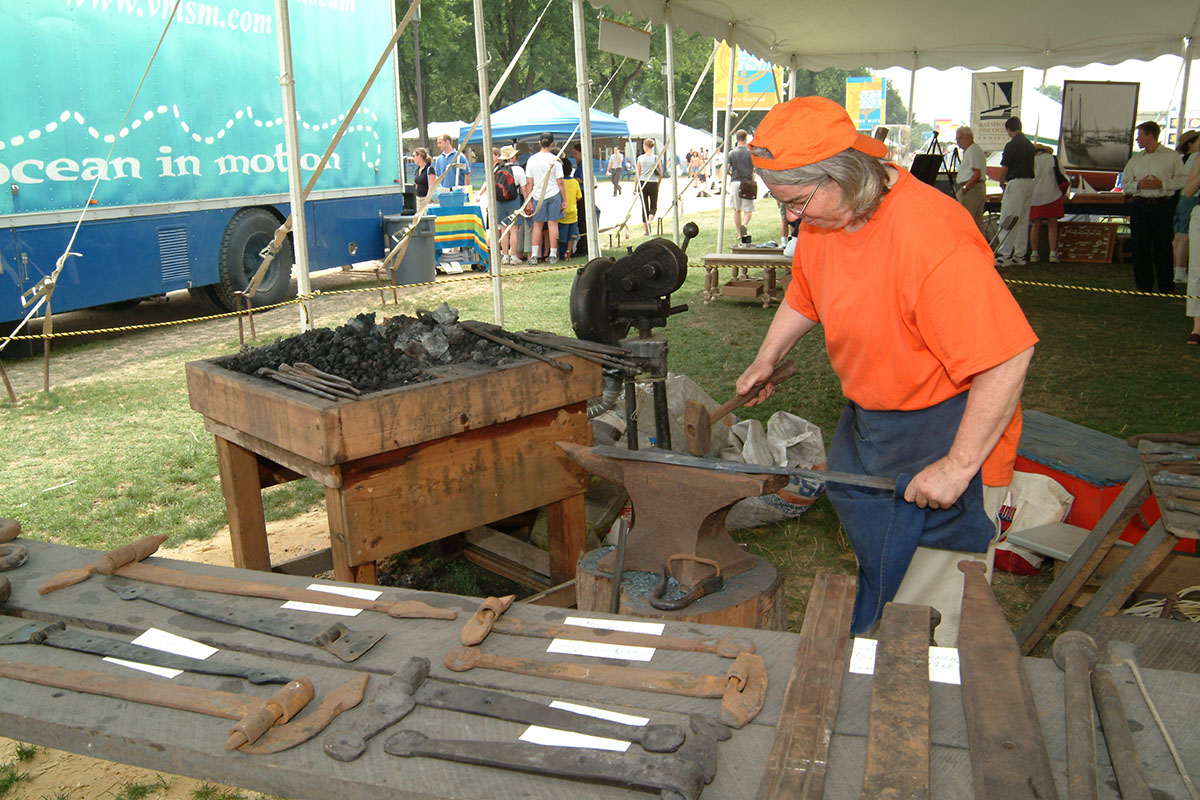
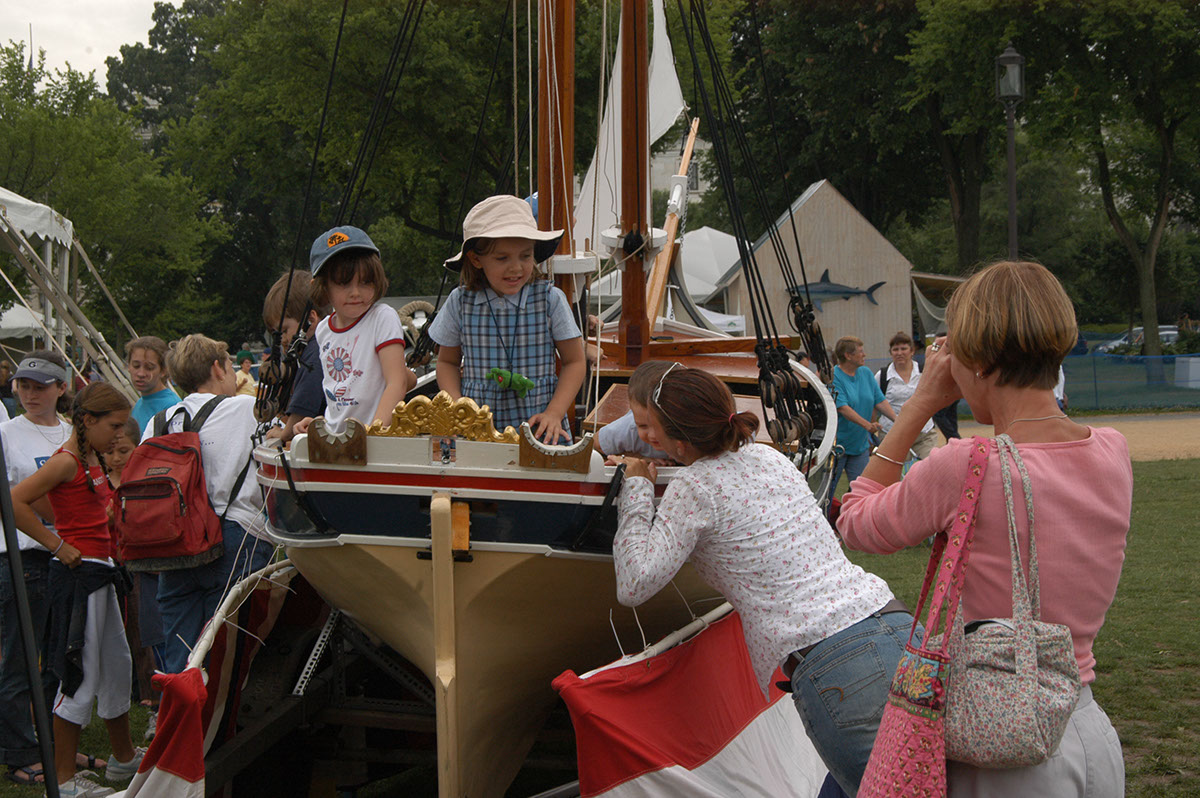
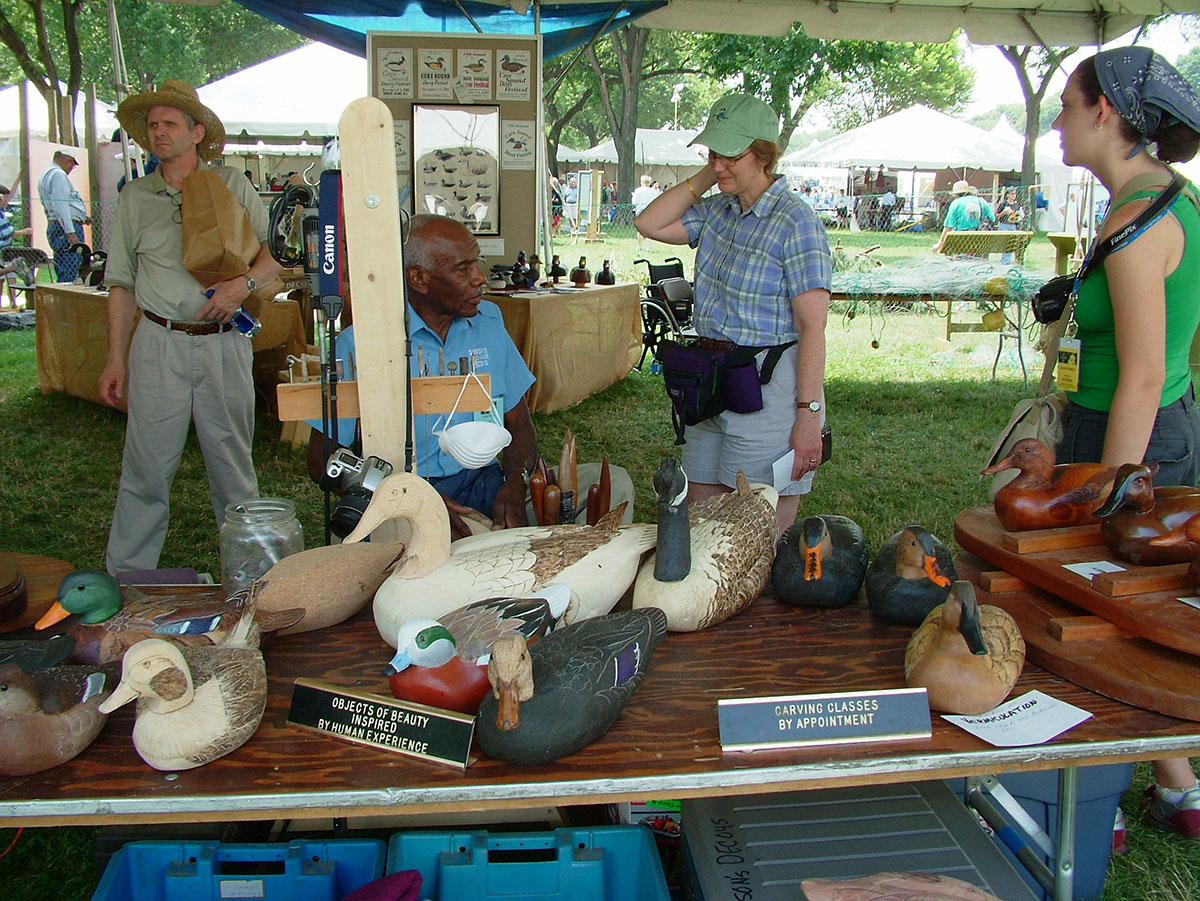

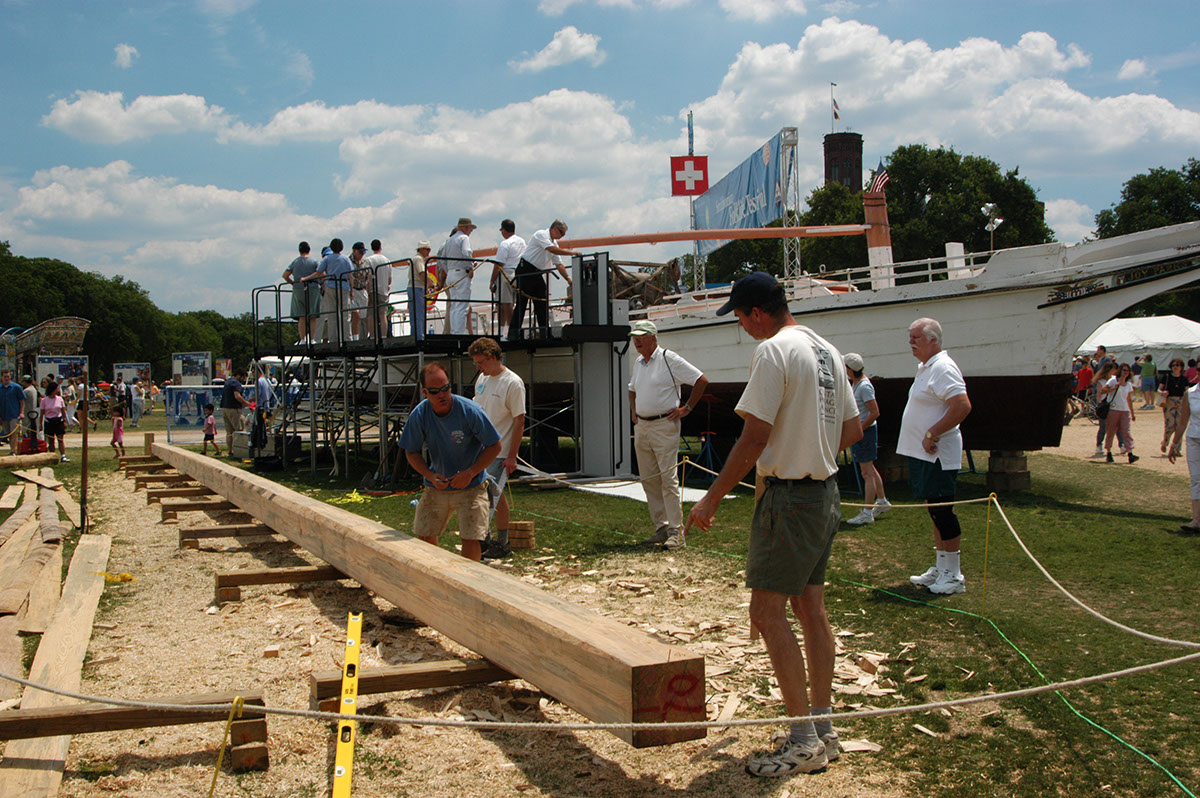
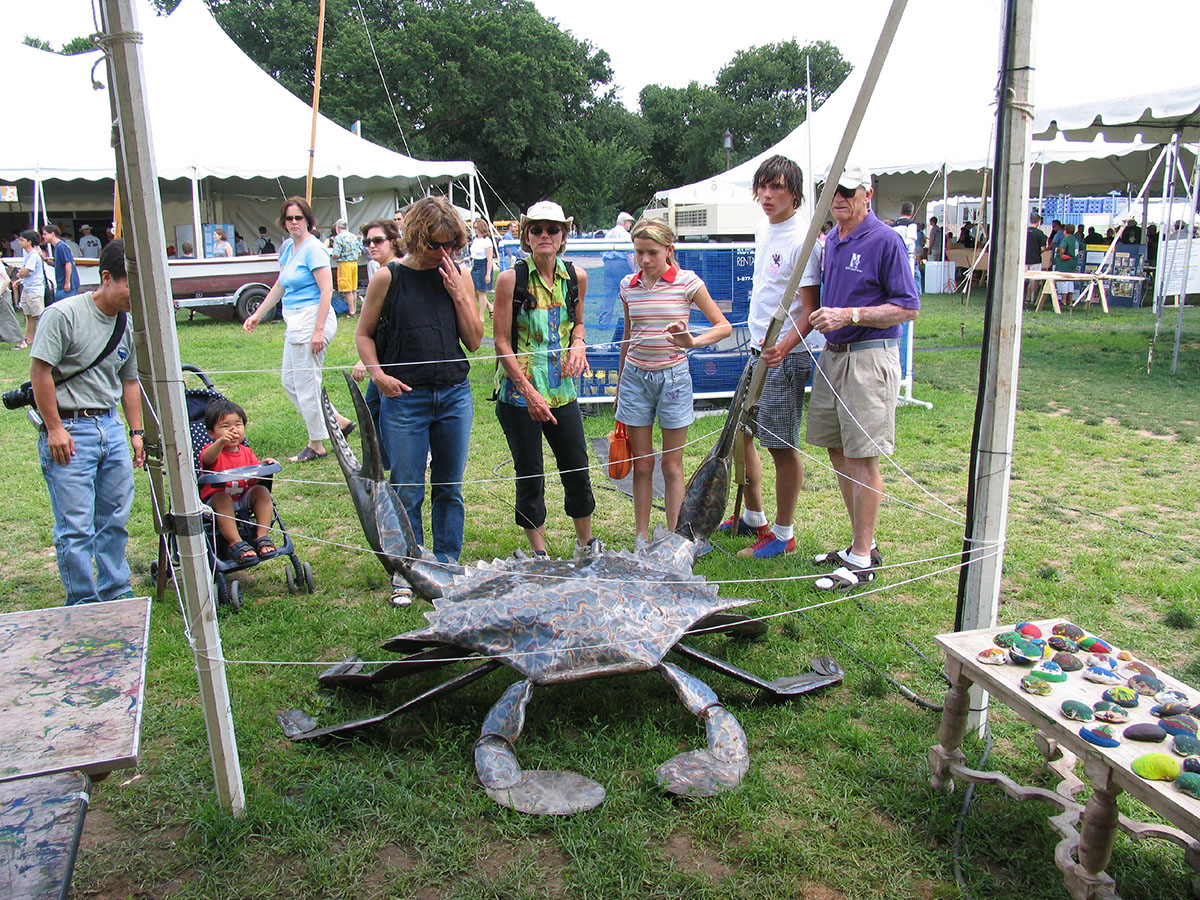
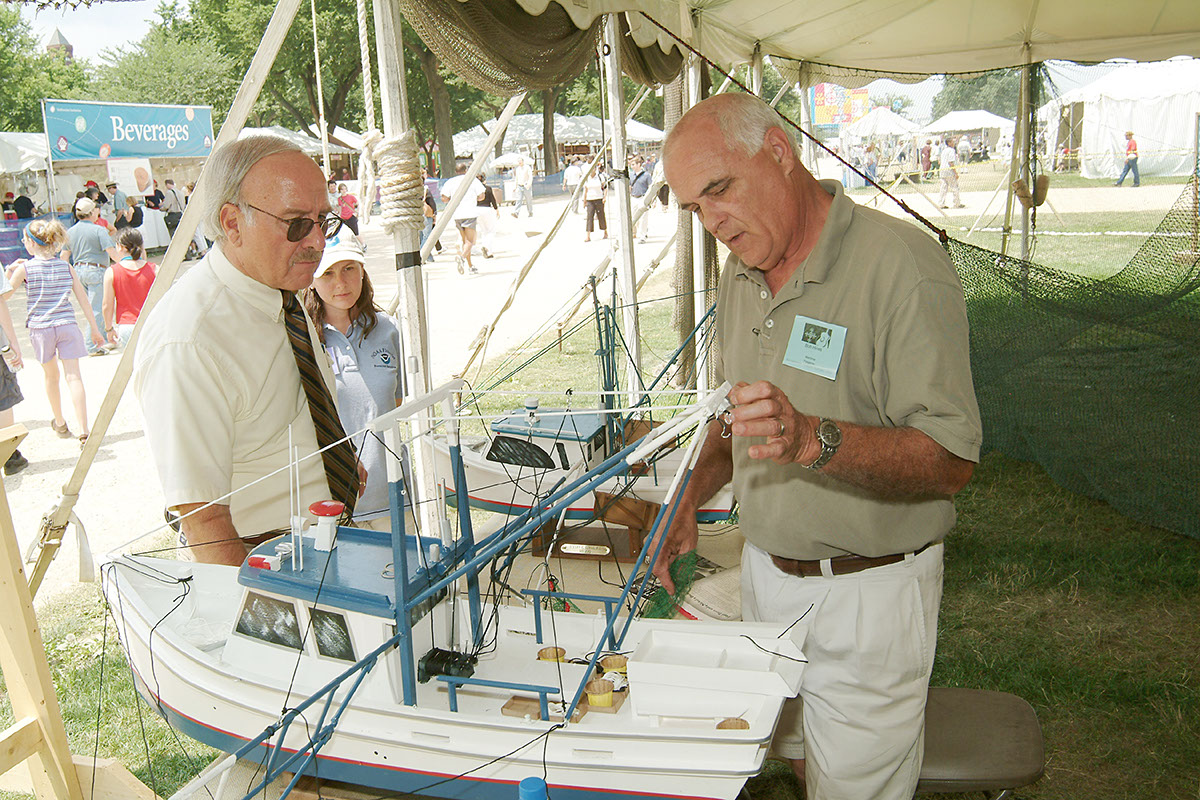
Water Ways: Mid-Atlantic Maritime Communities was a Festival program about change and renewal, pride in the past and hope for the future, and the interconnectedness of cultural life and natural history in the region. It was composed of the stories of Festival participants and their communities, told in their own words. It spoke about their joys, frustrations, and efforts to conserve the rich heritage that permeates this region like the smell of salt water and marsh mud. The people who live around the ocean and bays, marshes and swamps, rivers and creeks of the Mid-Atlantic had lifetimes of knowledge that they generously shared with Festival visitors on the National Mall.
To illustrate the rich complexity of the story, the program and accompanying program book article gave particular attention to three natural resources that have been important throughout the region's history: oysters, shad, and Atlantic white cedar. The past, present, and future of the region were synopsized in these resources, all three of which cut deeply into cultural, economic, and ecological life. Each carried with it stories of exploitation, decline, and renewal of the resources that shaped Mid-Atlantic maritime community culture, the theme that brought the whole region into focus.
So many changes have occurred over the past couple of generations for maritime communities in this region that long-time residents can sometimes barely recognize their hometowns. A deep sense of loss tempered many of the stories that they told to Smithsonian researchers or to Festival visitors. But maritime communities often adapt to changes. When one species of fish becomes scarce or unmarketable, you fish for another. When crabbing with wire mesh pots proves more efficient than trot-lining (running a baited line across a section of water), you buy or learn to make pots. When recreational fishing catches on in your area, you fish for bait or get a charter-boat license. When the oyster-shucking or crab-picking plant shuts down, you get a job cooking at a local seafood restaurant or a nearby school. It's all about adaptation, flexibility, and survival - and it was these values that were on abundant display during the two weeks of the 2004 Festival.
Betty J. Belanus was Curator and Arlene Reiniger was Coordinator; Amy Skillman was Fieldwork Coordinator.
The program was made possible by a partnership with the National Oceanic and Atmospheric Administration, and produced in collaboration with the State of Maryland, National Endowment for the Arts, and Chesapeake Bay Gateways Network/ National Park Service; with generous contributions from Virginia Historic Resources, Mary Ball Washington Museum & Library, St. Mary's White Chapel Episcopal Church, Maryland State Arts Council, North Carolina Arts Council, North Carolina Tourism, U.S. Fish and Wildlife Service, Phillips Seafood, and The Nature Conservancy; and with special thanks to National Marine Sanctuary Foundation.

